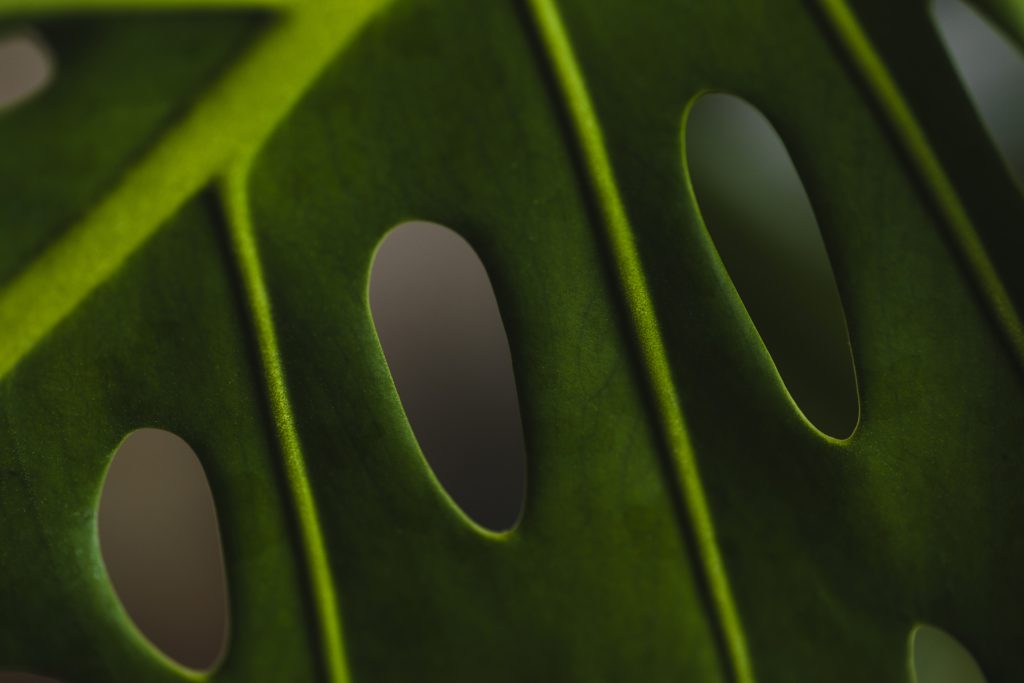Biophilic design is an approach to architecture and interior design that is gaining significant attention. While it may seem like a passing trend, this practice offers benefits that go beyond aesthetics. By integrating natural elements into built environments, it can create spaces that improve well-being, increase creativity, and boost productivity. As urbanization continues, it has emerged not only as a trend but as a solution to pressing health and environmental challenges.

What Is Biophilic Design?
It is based on the concept of biophilia—the human connection to nature. It incorporates natural elements, such as plants, sunlight, and natural materials, into spaces to create environments that promote mental and physical health. This design philosophy integrates nature into the built environment to improve the quality of life for individuals and communities.
The Psychological and Health Benefits
The transition to urban living has meant spending more time indoors and less time in natural settings. This detachment from nature has been linked to several health concerns. It helps mitigate these effects by reconnecting people with nature, contributing to better mental and physical health.
Stress Reduction and Improved Mental Health
Numerous studies show that exposure to natural elements can significantly reduce stress. Environments with biophilic features, such as plants and natural light, help reduce anxiety and improve overall mood. By creating calming spaces, it provides an antidote to the stressors of urban life.
Cognitive Function and Creativity
Natural elements have been found to enhance cognitive function. Biophilic spaces improve memory, concentration, and problem-solving skills, which is especially important in work and educational environments. Research shows that incorporating nature into office or school spaces leads to increased productivity and creativity.
Increased Productivity
Employees and students in biophilic environments often report higher levels of focus and productivity. The presence of natural features like greenery and sunlight helps improve engagement and energy levels, resulting in better performance in both work and study.
Biophilic Design in the Workplace
Businesses are increasingly embracing biophilic design in the workplace to enhance employee well-being and improve performance. By integrating nature into office designs, companies create spaces that are not only more pleasant but also more productive.
Green Spaces and Office Plants
Adding plants to the workplace is one of the simplest and most effective ways to implement biophilic design. Plants not only improve air quality but also contribute to a more relaxing and stimulating environment. Studies have shown that having plants in offices can reduce stress and improve overall job satisfaction.
Natural Lighting and Ventilation
Maximizing natural light in workspaces is another critical element of biophilic design. Natural light improves mood and cognitive function, making employees more alert and focused. Proper airflow and ventilation also contribute to a healthier and more comfortable office space, promoting overall productivity.
Urban Planning and Biophilic Design
It extends beyond individual buildings and is increasingly being incorporated into urban planning. As cities grow and become more densely populated, it offers an effective way to improve residents’ quality of life.
Green Urban Spaces
Parks, green roofs, and urban forests are all examples of biophilic design in the cityscape. These green spaces provide opportunities for city dwellers to reconnect with nature and enjoy the health benefits associated with outdoor environments. They also help to mitigate urban heat islands, reduce pollution, and improve air quality.
Public Buildings and Biophilic Architecture
It is also being integrated into public buildings, such as hospitals and schools. Hospitals with biophilic features have been shown to aid in faster recovery and reduce patient stress. Similarly, schools that incorporate natural elements foster better concentration and learning among students.
Sustainability and Environmental Benefits
In addition to health and well-being benefits, biophilic design also supports sustainability. By using natural materials, reducing energy consumption, and enhancing the natural environment, biophilic buildings contribute to environmental preservation. This makes biophilic design an important strategy in creating more sustainable urban spaces.
Why Biophilic Design Is Here to Stay
Biophilic design is more than just a trend. It provides solutions to some of the most pressing challenges in urban living, including stress, productivity, and sustainability. As urban areas continue to expand and as people spend more time indoors, the need for nature-inspired spaces will only grow. The numerous benefits of biophilic design ensure that it will remain an important part of architecture and urban planning for years to come.
References:
- Kellert, S. R., & Calabrese, E. F. (2015). The Practice of Biophilic Design. Retrieved from: https://www.biophilic-design.com
- Ulrich, R. S. (1984). View through a window may influence recovery from surgery. Science, 224(4647), 420–421.
- Ryan, C., & Doherty, E. (2020). Biophilic Design: A Review of the Literature. Journal of Environmental Psychology, 68, 101394.






